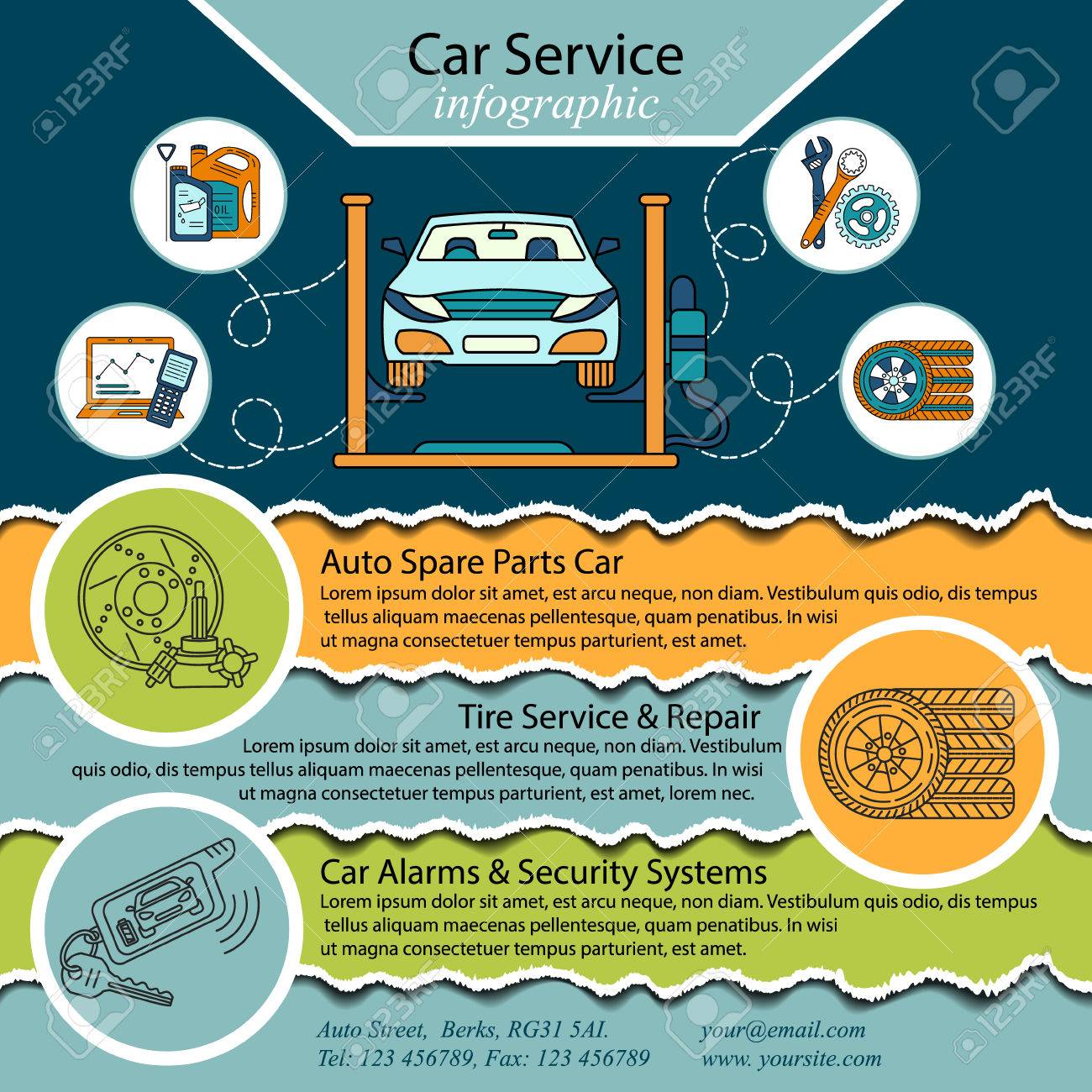Unraveling The True Definition Behind Your Vehicle'S Warning Lighting
Unraveling The True Definition Behind Your Vehicle'S Warning Lighting
Blog Article
Created By-Cheng Crawford
When you're behind the wheel, those radiant caution lights on your dashboard can be a little bit puzzling. Do you recognize what they're attempting to tell you about your car's health and wellness? Comprehending the importance of these lights is vital for your safety and the durability of your vehicle. So, the following time among those lights turns up, would not you wish to analyze its message accurately and take the essential actions to address it?
Common Warning Lights and Interpretations
Identify common caution lights in your automobile and understand their definitions to make sure safe driving.
The most regular warning lights include the check engine light, which signifies issues with the engine or emissions system. If this light begins, it's essential to have your automobile examined quickly.
The oil stress cautioning light indicates low oil stress, requiring prompt focus to avoid engine damages.
A blinking battery light may suggest a defective billing system, potentially leaving you stranded otherwise resolved.
The tire pressure monitoring system (TPMS) light informs you to reduced tire pressure, impacting vehicle security and gas performance. Neglecting this might cause harmful driving conditions.
The abdominal light indicates a problem with the anti-lock stopping system, jeopardizing your capacity to quit swiftly in emergency situations.
Last but not least, the coolant temperature advising light warns of engine overheating, which can result in extreme damages if not dealt with quickly.
Understanding these common warning lights will assist you deal with issues without delay and maintain safe driving problems.
Relevance of Prompt Interest
Understanding the common warning lights in your car is just the first step; the value of immediately addressing these cautions can't be highlighted sufficient to ensure your security when driving.
When a caution light brightens on your dashboard, it's your vehicle's method of connecting a potential problem that requires interest. Disregarding these cautions can cause much more extreme problems in the future, jeopardizing your safety and potentially costing you much more out of commission.
Motivate interest to advising lights can stop malfunctions and crashes. As an example, a blinking check engine light can suggest a misfire that, if left unattended, might cause damage to the catalytic converter. Resolving this quickly can save you from an expensive repair work.
Similarly, a brake system warning light could signify low brake liquid or worn brake pads, important components for your safety and security when driving.
DIY Troubleshooting Tips
If you notice a caution light on your dashboard, there are a couple of DIY troubleshooting ideas you can attempt before seeking specialist assistance.
The initial step is to consult your vehicle's guidebook to understand what the particular caution light indicates. In some cases the concern can be as basic as a loose gas cap setting off the check engine light. Tightening up the gas cap may deal with the problem.
Another usual concern is a reduced battery, which can trigger different cautioning lights. Inspecting mouse click the up coming article for corrosion and guaranteeing they're safe and secure might deal with the issue.
If https://www.michigan.gov/sos/industry-services/repair-facilities lingers, you can try resetting it by detaching the automobile's battery for a few minutes and then reconnecting it. Furthermore, checking your automobile's liquid degrees, such as oil, coolant, and brake liquid, can aid fix warning lights related to these systems.
Conclusion
In conclusion, understanding your automobile's caution lights is vital for maintaining your car running efficiently and safely. By without delay dealing with these notifies and recognizing what they suggest, you can avoid pricey repair work and possible break downs.
Bear in mind to consult your vehicle's guidebook for particular information on each advising light and take action as necessary to ensure a hassle-free driving experience.
Keep notified, remain secure when driving!
